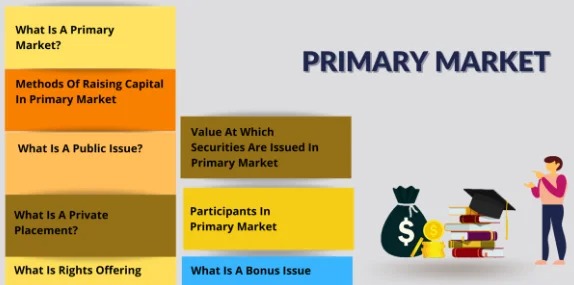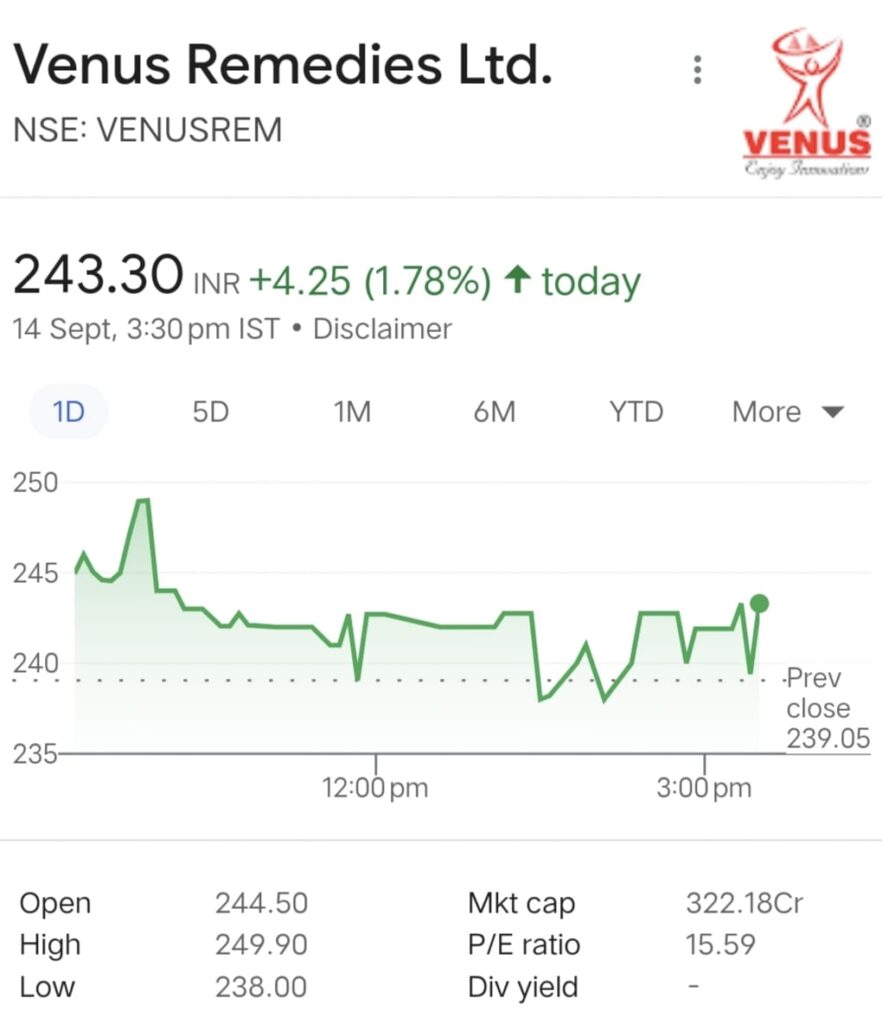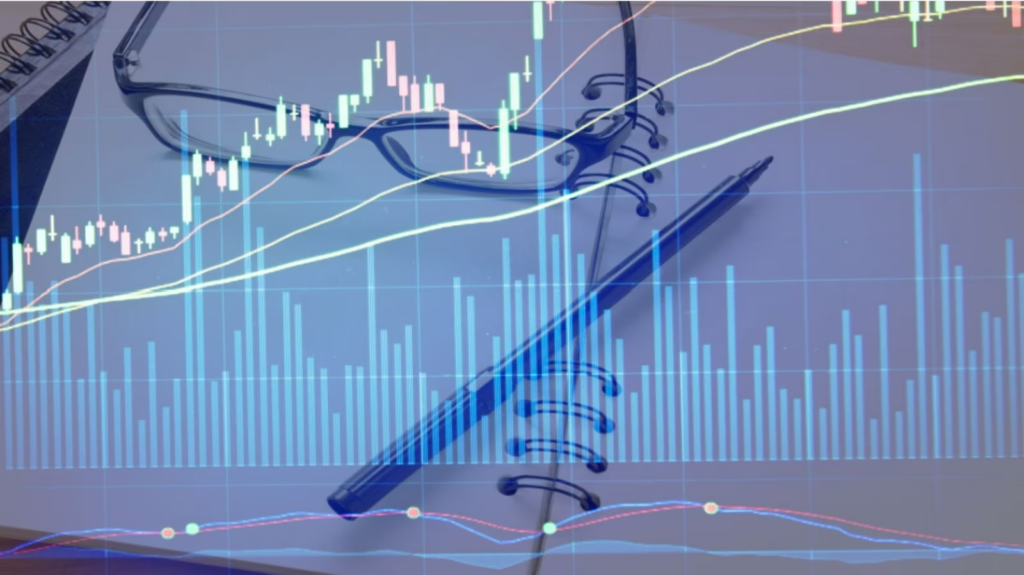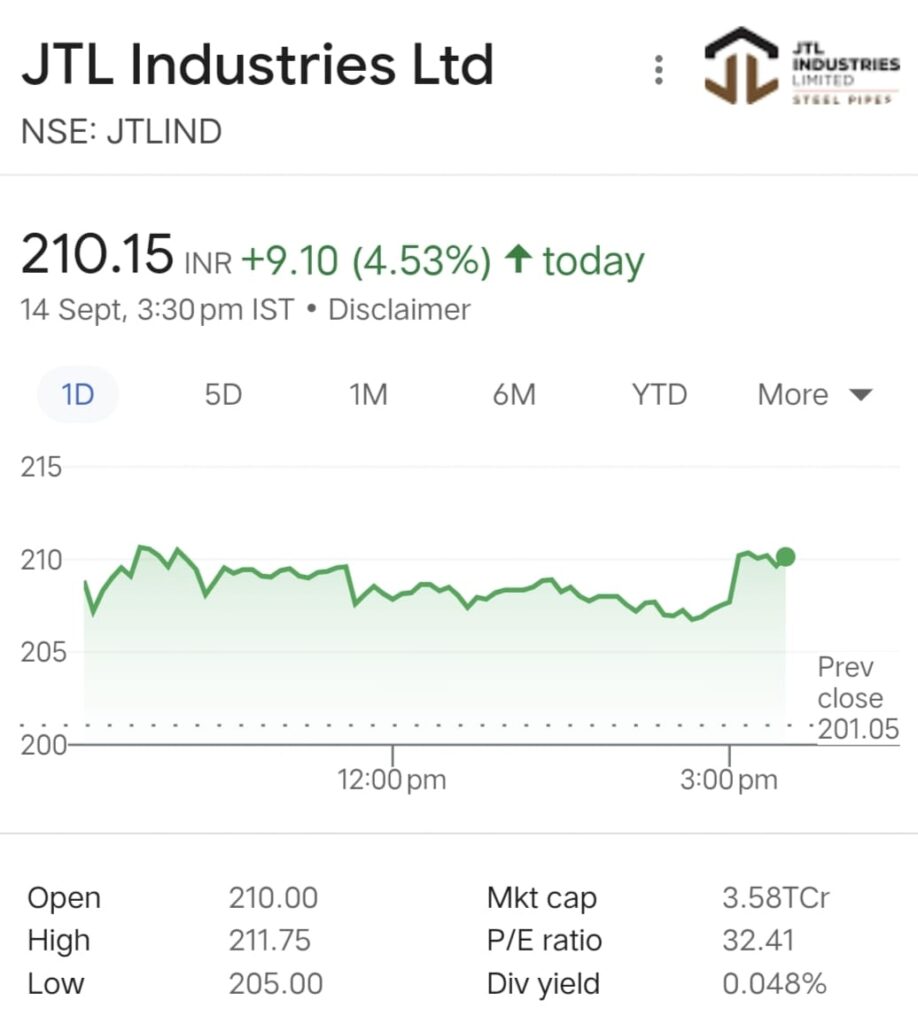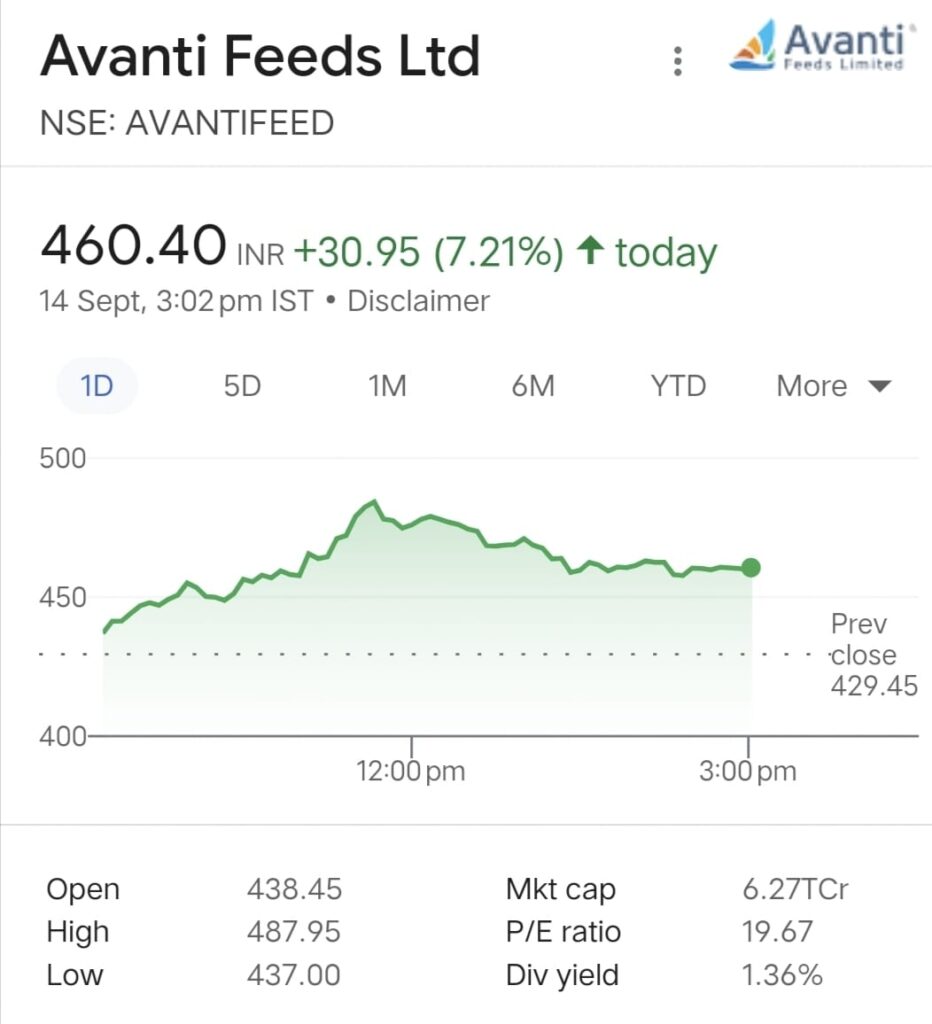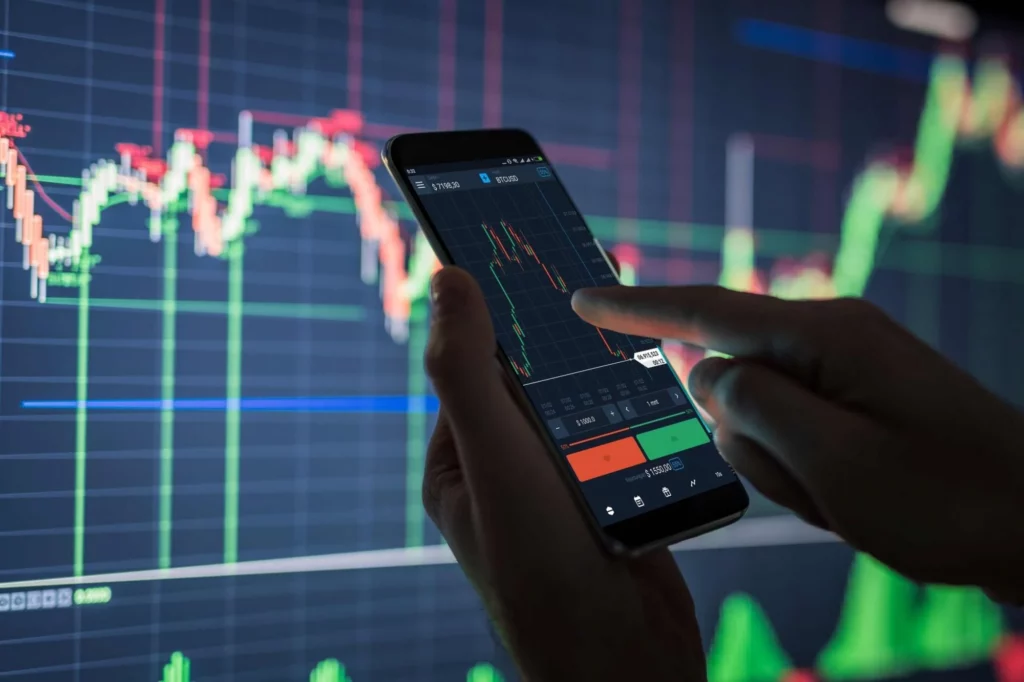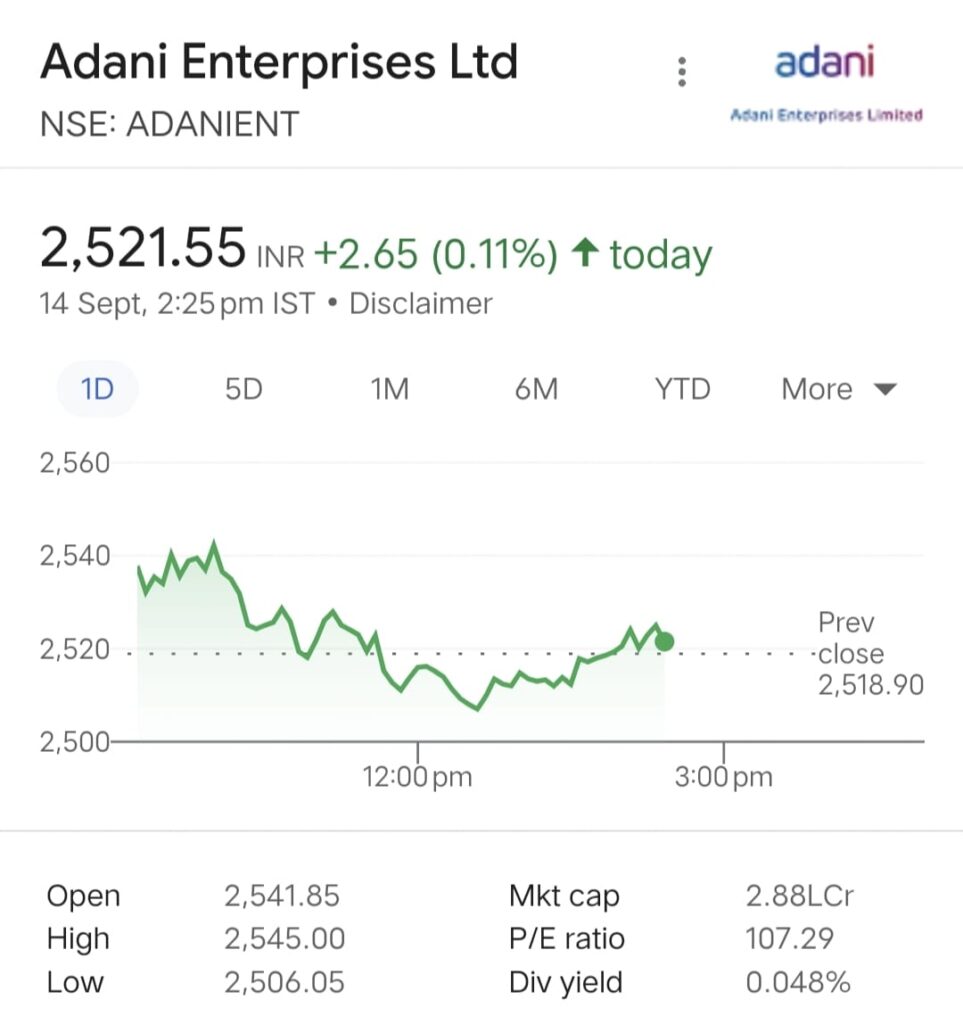
Investment banks play a crucial role that is frequently underappreciated but necessary for the operation of the world economies in the fast-paced world of finance. In this thorough article, we delve into the complex world of investment banking and examine its main responsibilities, significance, and how it affects the financial landscape.
Introduction: Unveiling the Core of Investment Banking
Modern finance is built on the foundation of investment banking. It acts as a crucial middleman between different financial market participants. Although its operation may appear complicated, a closer look reveals a carefully orchestrated symphony of services designed to aid in capital flow, risk management, and wealth creation.
Facilitating Capital Formation
The primary function of investment banks is to aid in the capital formation process. They serve as a point of contact for businesses looking to raise capital and for investors looking for lucrative investment opportunities. Businesses can raise money for growth, investigation, and innovation with the aid of investment banks by issuing stocks and bonds.
Mergers and Acquisitions (M&A) Expertise
Deals involving mergers and acquisitions frequently center on investment banks. They offer invaluable advisory services, assisting businesses with the challenging process of purchasing, selling, or combining with other businesses. Their knowledge of valuation, negotiation, and due diligence is crucial to making sure that transactions are successful.
Risk Management and Hedging
Risk management is crucial in the unstable world of finance. Investment banks provide a wide range of risk management tools, such as derivatives and hedging techniques. These tools aid companies in protecting their financial investments from unanticipated market fluctuations.
Research and Market Insights
Armies of analysts are employed by investment banks to conduct thorough market research. Both institutional and retail investors can make wise decisions using this information, which is invaluable. Investment banks produce research reports that span a variety of industries and aid clients in spotting trends and opportunities.
Global Financial Ecosystem
Globally operating investment banks link different financial markets. Their extensive networks make it possible for capital to move freely, which is essential for the stability of the world economy. They are crucial in ensuring that capital is allocated effectively, which promotes economic expansion.
Conclusion: The Indispensable Role of Investment Banks
Investment banks are the unsung heroes of contemporary finance, to sum up. Their extensive offerings include research, capital formation, M&A advisory, risk management, and international connectivity. Without them, the financial environment would be dispersed and ineffective. Let’s acknowledge the critical role that investment banks have played in determining the course of our economy as we negotiate the complexities of the financial world.
Quality and relevance are crucial in the fiercely competitive world of online content. This article aims to improve your online presence and outrank other articles on related topics by offering insightful and thorough information on the function of investment banks. Keep in mind that your content’s success depends not only on its quality but also on how relevant it is to your audience and the constantly changing environment of SEO.
FOR MORE INFO CLICK THIS SITE:https://learningsharks.in/
FOLLOW OUR PAGE:https://www.instagram.com/learningsharks/?hl=en


